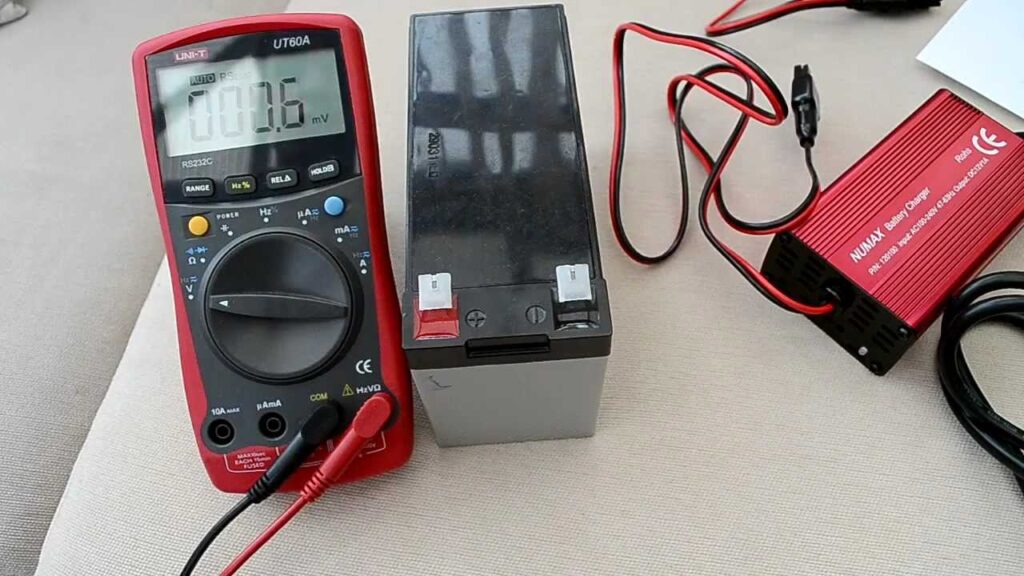Charging lead-acid batteries properly is essential to maximizing their lifespan and ensuring their durability.
- Use the Right Charger: Make sure to use a charger specifically designed for lead-acid batteries. These chargers typically have settings optimized for the voltage and current requirements of lead-acid batteries.
- Charge at the Correct Voltage: Lead-acid batteries require a specific charging voltage to charge efficiently without damaging the cells. For most lead-acid batteries, the charging voltage should be around 2.3 to 2.4 volts per cell (for a 12-volt battery, this would be around 13.8 to 14.4 volts). Always refer to the manufacturer’s specifications for the exact charging voltage.
- Charge at the Right Current: Charging lead-acid batteries at a too high or too low current can reduce battery life. Follow the manufacturer’s recommendations for the charging current. Typically, it’s best to charge lead-acid batteries at a current that is around 10-20% of the battery’s rated capacity. For example, if you have a 100Ah battery, a charging current of 10-20A would be appropriate.
- Avoid Overcharging: Overcharging lead-acid batteries can lead to excessive gassing, heat buildup, and water loss, which can damage the battery and reduce its lifespan. Use a charger with an automatic shut-off feature or a charge controller to prevent overcharging.
- Monitor Temperature: Lead-acid batteries can generate heat during charging. Make sure to monitor the temperature of the battery and charging environment, and if necessary, provide adequate ventilation to prevent overheating.
- Charge in a Well-Ventilated Area: Charging lead-acid batteries can produce hydrogen gas, which is flammable and can be hazardous in confined spaces. Always charge lead-acid batteries in a well-ventilated area to prevent the buildup of hydrogen gas.
- Equalize Charging: Periodically perform an equalization charge on the lead-acid battery. This involves charging the battery at a slightly higher voltage than normal for a short period to ensure all cells are fully charged and to help prevent stratification (uneven distribution of electrolyte).
- Maintain Proper Water Levels: For flooded lead-acid batteries, regularly check and maintain the electrolyte levels by adding distilled water as needed. Keeping the electrolyte at the proper level helps ensure efficient charging and prolongs battery life.
- Avoid Deep Discharges: Deep discharges can shorten the lifespan of lead-acid batteries. Whenever possible, avoid discharging the battery below 50% of its capacity before recharging.
Following these guidelines can help maximize the lifespan and durability of lead-acid batteries, ensuring reliable performance over time.


